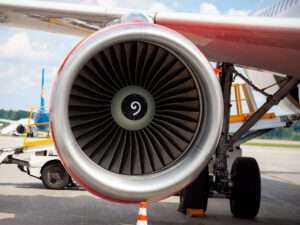SAF production to triple in 2024, says IATA

This would account for 0.53% of aviation’s fuel need this year. To accelerate SAF use, there are several policy measures that governments could take.
“SAF will provide about 65% of the mitigation needed for airlines to achieve net zero carbon emissions by 2050. So the expected tripling of SAF production in 2024 from 2023 is encouraging. We still have a long way to go, but the direction of exponential increases is starting to come into focus,” said Willie Walsh, IATA’s Director General.
Renewable fuel production is shared by many industries and SAF is a part of renewable fuel production. That is why increasing the production of renewable fuel is key to increasing the potential of SAF.
Some 140 renewable fuel projects with the capability to produce SAF have been announced to be in production by 2030. If all of these proceed to production as announced, total renewable fuel production capacity could reach 51 million tonnes by 2030, with production capacity spread across almost all regions.
Renewable fuel production potential could exceed this estimate as investor interest in SAF grows.
With a typical three-to-five-year time lag from planning to production, investment announcements as late as 2027 could be in production by 2030. At the same time, it is also clear that not all announcements reach final investment decisions.
Through the International Civil Aviation Organisation (ICAO), governments set an ambition to achieve a 5% CO2 emissions reduction for international aviation from SAF by 2030. To achieve that ambition, around 27% of all expected renewable fuel production capacity available in 2030 would need to be SAF. Currently, SAF accounts for just 3% of all renewable fuel production.
“The interest in SAF is growing and there is plenty of potential. But the concrete plans that we have seen so far are far from sufficient. Governments have set clear expectations for aviation to achieve a 5% CO2 emissions reduction through SAF by 2030 and to be net zero carbon emissions by 2050. They now need to implement policies to ensure that airlines can actually purchase SAF in the required quantities,” said Walsh.












